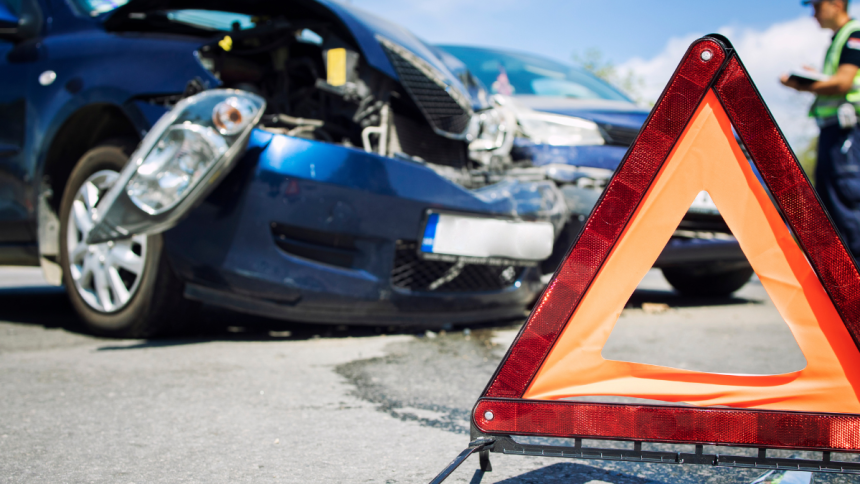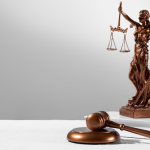https://imagesource.io/images/car-accidents-5
Dealing with the aftermath of an automobile accident can be taxing, especially if it results in a lawsuit. Starting with evidence collection and finishing with a court decision, suing someone for an automobile accident consists of various steps. The procedure may be complex; hence, knowledge of the legal subtleties is rather important.
Furthermore, when considering a lawsuit, it’s important to understand the implications of someone else getting sued after a car accident. You also need to think about what you want to achieve. What type of compensation do you seek to gain from the lawsuit? Understanding all these will help your lawyer file the lawsuit accordingly.
Steps on How to Sue Somebody for a Car Accident
Follow the steps below to sue somebody for a car accident:
1. Gather Proof
Getting all required proof—including police reports, witness testimony, and medical records—comes first. Your argument will be built on this proof. Speaking with a seasoned personal injury lawyer will help you get direction and raise your chances of a favorable result.
2. File a Claim with Your Insurance Provider
Filing a claim with your insurance provider comes next, once you have obtained the required proof. Usually, this procedure entails turning in all pertinent records to back up your claim, including the acquired evidence. After that, insurance firms will look at things to determine liability and the extent of harm caused.
Having legal advice will help to guarantee your rights throughout the process since insurance companies may not always behave in your best interest. Also, you can’t take the liable party directly to court without attempting to settle out of court first.
3. File a Lawsuit
Should the insurance claim fail to address the issue, one should next consider suing. Drafting a complaint—a formal document detailing the facts of the case, the damages suffered, and the legal foundation for assigning liability to the other party—is part of this. The complaint is subsequently sent to the defendant, who will have a designated period of time to react once the relevant court is contacted.
4. Discovery
Both sides could participate in discovery—the sharing of facts and evidence pertinent to the case—during this process. Discovery can encompass the exchange of accident-related documentation and depositions—where witnesses are questioned under oath.
Establishing a solid case and spotting any flaws in the arguments of the rival side depend on this step. If there are legal grounds to do so, both sides could also submit different motions to fix procedural problems or perhaps to dismiss the case completely.
5. Settlement Negotiations
Often running concurrent with the discovery process are settlement negotiations. Negotiating a settlement instead of taking a case to court has helped many vehicle accident lawsuits reach a quick resolution. A settlement is when both sides decide on compensation without involving the court.
Settlement offers faster compensation and lowers legal costs; hence it can be beneficial. To be sure the compensation is fair and sufficient for the losses experienced, though, you should give any settlement offers some thought and speak with your attorney.
6. Go to Court
Should a settlement prove elusive, the matter will go before the court. Before a judge or jury, both sides present their case during the trial, including witness statements, evidence, and arguments. After that, the jury or judge will decide responsibility and, if liability is proven, the compensation amount. Usually requiring the knowledge of legal specialists to properly negotiate, the trial process can be drawn out and complicated.
Knowing the procedures required for suing someone for an automobile accident can enable you to better control the legal process and make wise judgments. Having the correct legal representation will help to ensure that your rights are safeguarded and that you get the compensation you deserve.
Lynn Martelli is an editor at Readability. She received her MFA in Creative Writing from Antioch University and has worked as an editor for over 10 years. Lynn has edited a wide variety of books, including fiction, non-fiction, memoirs, and more. In her free time, Lynn enjoys reading, writing, and spending time with her family and friends.















